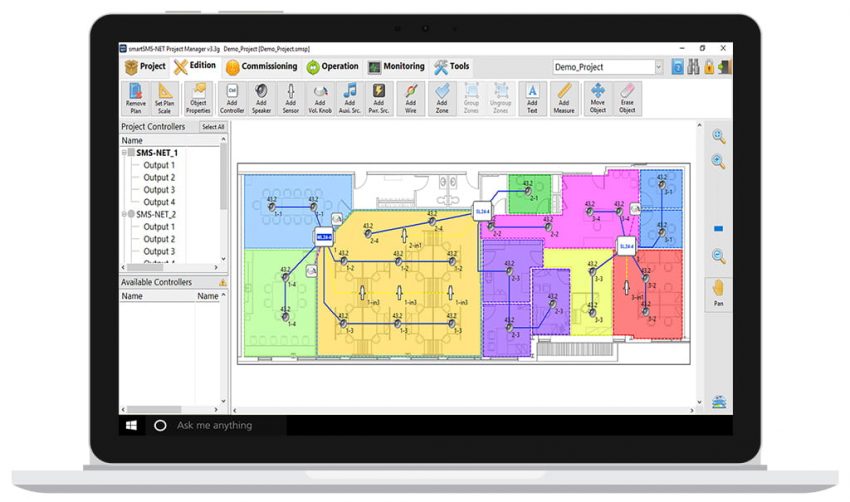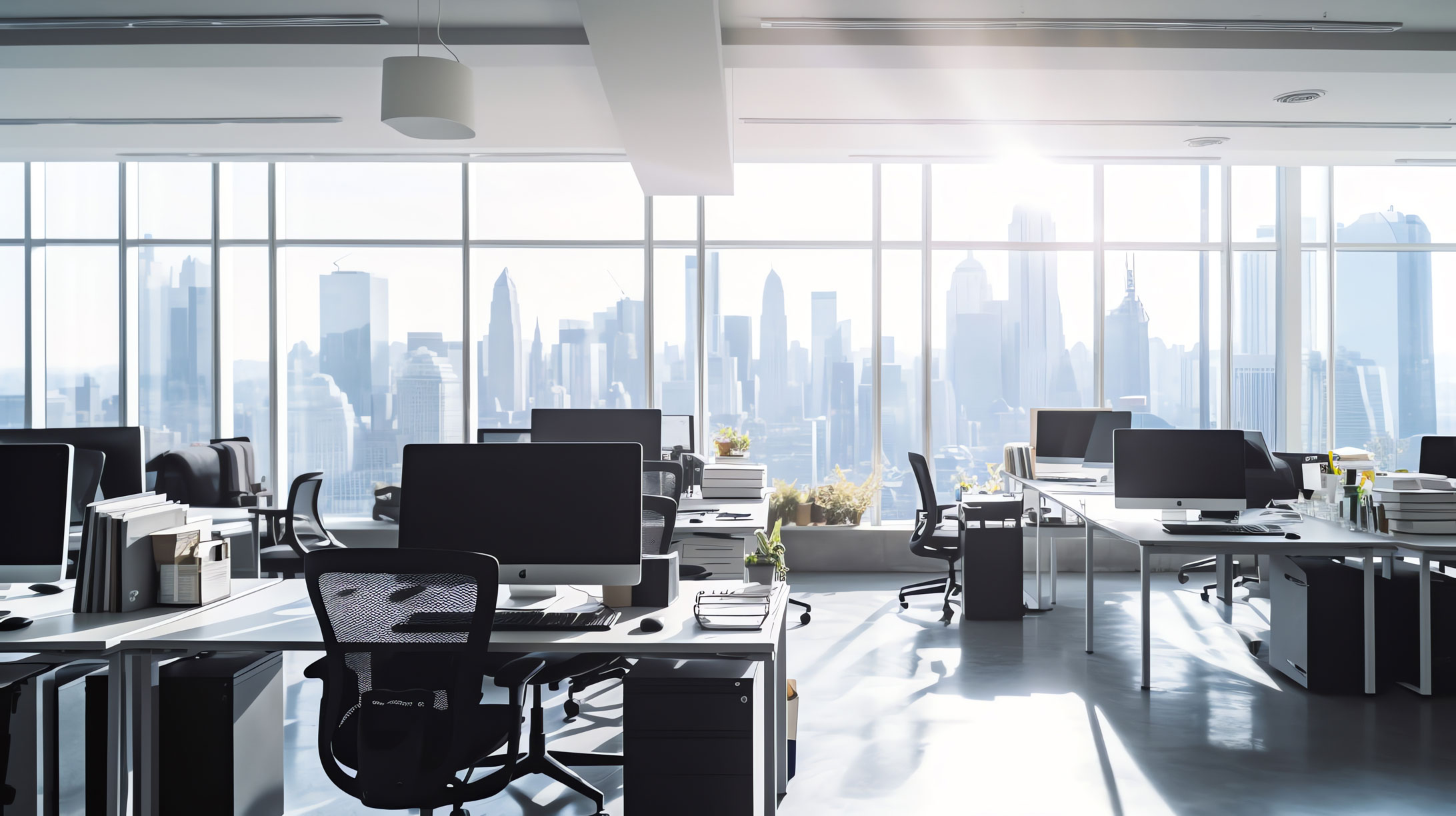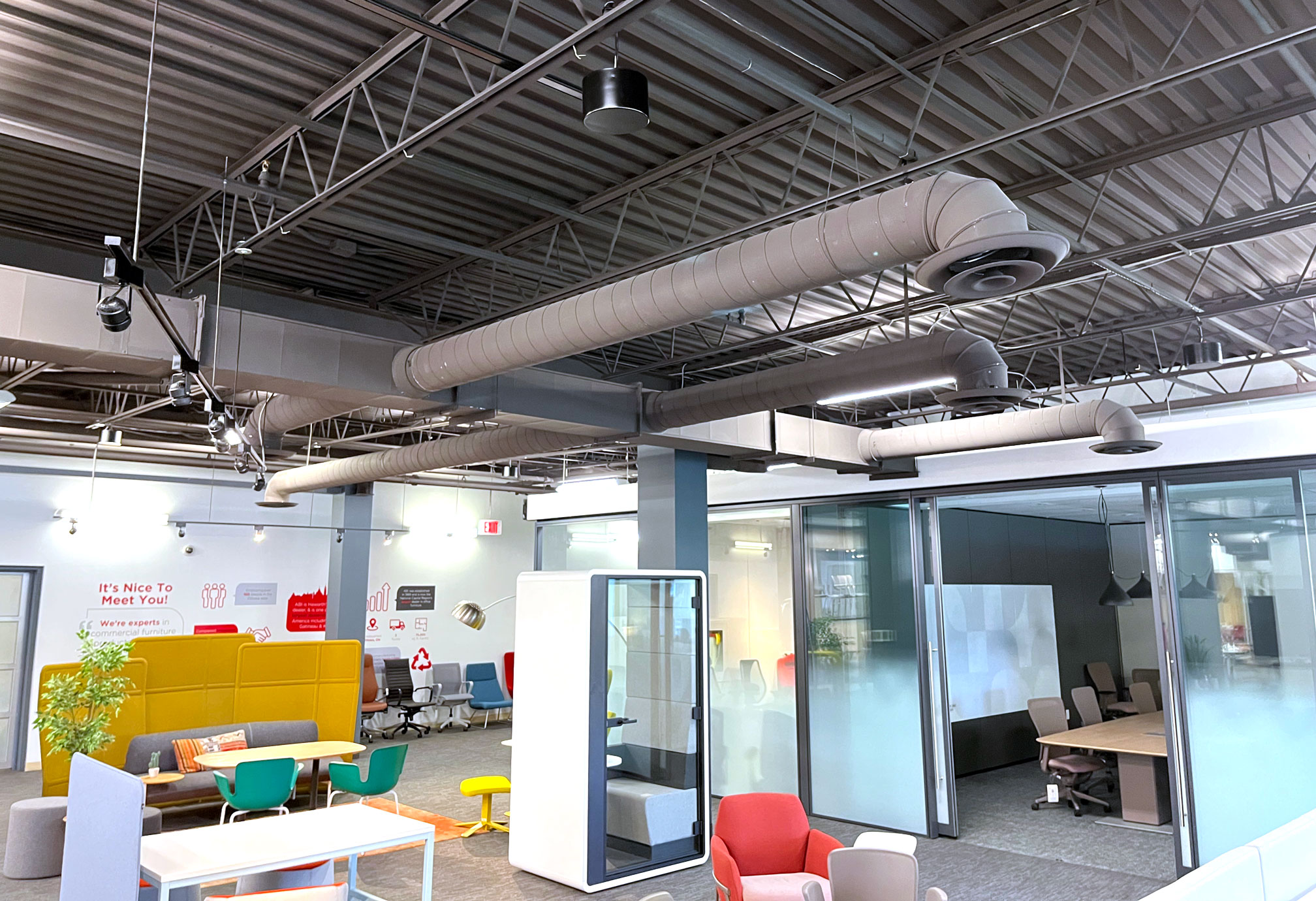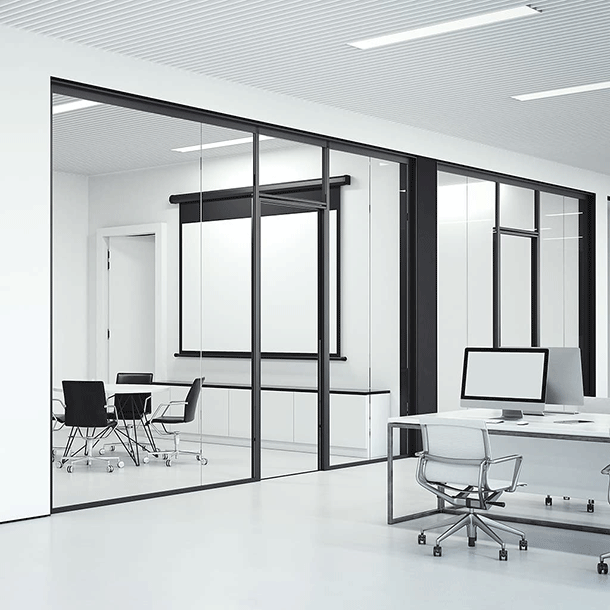The role of office managers and facility managers has evolved significantly. They are no longer just responsible for maintaining the physical workspace; they play a crucial role in creating a productive and engaging environment for employees. However, they are faced with a host of challenges that require innovative solutions. In this blog, we'll explore some of the top challenges office and facility managers are grappling with in the modern workplace.
1. Radically Increasing Floor Plan Accuracy and Speed of Updates:
Traditional office spaces were relatively static, with minor changes occurring over extended periods. However, in the era of agility and flexibility, office layouts need to adapt swiftly to changing business needs. This presents a challenge for managers to maintain up-to-date floor plans accurately.
To address this challenge, technology has become a valuable ally. Utilizing advanced space planning software and Building Information Modeling (BIM) technology allows for real-time updates and accurate floor plans. These tools help managers keep track of space utilization, allowing for efficient allocation and optimization of resources.

2. Handling Complex, Unpredictable Work Patterns and Hybrid Assignments:
The pandemic accelerated the shift towards remote and hybrid work models, making it challenging for office managers to anticipate and accommodate complex, unpredictable work patterns. With employees splitting their time between home and the office, managers must create a flexible workspace that can cater to various needs.

The solution lies in designing agile workspaces that offer a mix of collaboration zones, quiet areas, and hot desking options. Modular furniture and flexible partitions can be used to create adaptable spaces that suit different tasks and accommodate a varying number of employees. Moreover, providing access to remote collaboration tools ensures that employees can seamlessly switch between in-person and virtual work. (Image reference: Spacewell)
Active Volume Control Sensor installed in the office ceiling measures the room's noise levels in real-time and, enables the sound masking controllers to automatically adjust the sound masking volume based on the average intensity of conversations and other noisy distractions happening across the room.
3. Fit More People into Less Space While Improving Workplace Experience:
Rising real estate costs and sustainability concerns have forced organizations to optimize their space utilization. This often means fitting more people into smaller spaces. However, doing so while maintaining a high-quality workplace experience is a formidable challenge.
Office managers can tackle this challenge by prioritizing ergonomics and employee well-being, including the strategic use of sound masking technology. Investing in ergonomic furniture, adjustable workstations, and providing access to natural light and greenery can contribute to creating a comfortable and inviting workspace, even in a compact environment. Furthermore, implementing smart space management solutions, such as desk booking systems and integrated sound masking, can optimize occupancy, reduce distractions, and enhance the overall workplace experience.

4. Enhancing Employee Engagement and Productivity:
Another crucial challenge for office managers is fostering employee engagement and productivity in a hybrid work environment. With teams spread across various locations and working hours, maintaining a sense of community and collaboration can be difficult.
To tackle this, managers should consider creating designated collaboration spaces within the office that are equipped with advanced technology for seamless virtual meetings. Encouraging team-building activities, both in-person and virtually, can help maintain a strong sense of camaraderie among employees. Moreover, providing access to amenities like wellness rooms, recreational areas, and cafes can make the office a destination employees look forward to visiting.
5. Sustainability and Wellness Considerations:
Sustainability and employee wellness are top priorities in modern office design. Managers must align office spaces with green building standards and wellness certifications. This includes incorporating energy-efficient systems, using sustainable materials, and promoting indoor air quality.
Creating spaces that support physical and mental well-being, such as dedicated meditation or relaxation rooms, can significantly contribute to employee satisfaction and productivity.
In conclusion, office and facility managers face a multitude of challenges in the modern workplace. To overcome these challenges, they must adopt innovative technologies, embrace flexibility, and prioritize the well-being of their employees. Implementing sound masking systems can significantly enhance privacy and reduce distractions, creating a more focused and productive workspace. By doing so, they can create dynamic, efficient, and engaging office spaces that meet the evolving needs of both the organization and its workforce while fostering a quieter and more conducive environment for work. Office design is no longer just about physical spaces; it's about crafting environments that empower employees and drive success.



